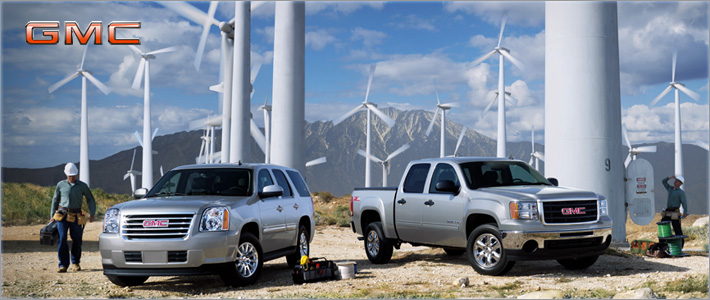
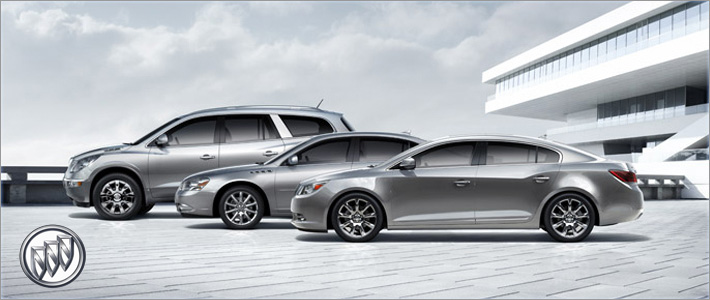
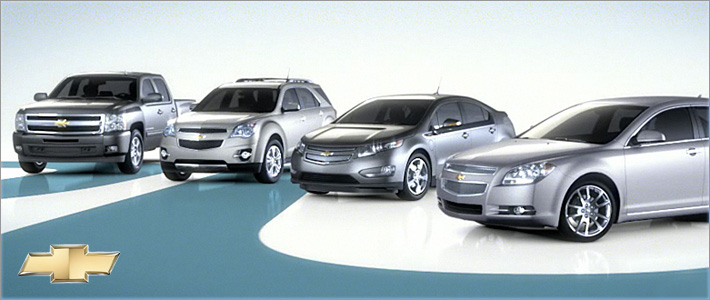
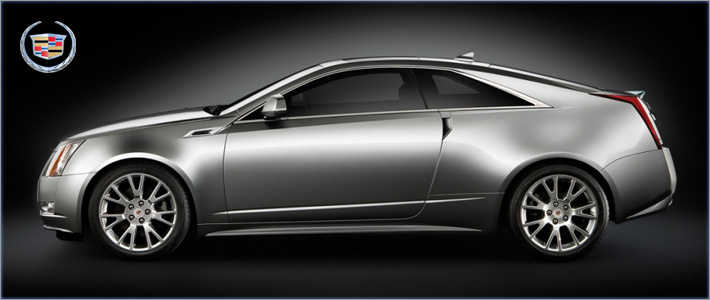
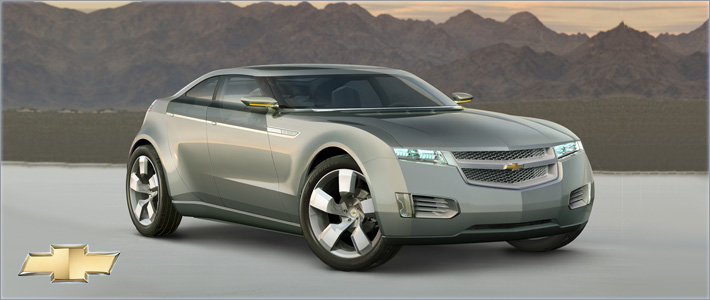
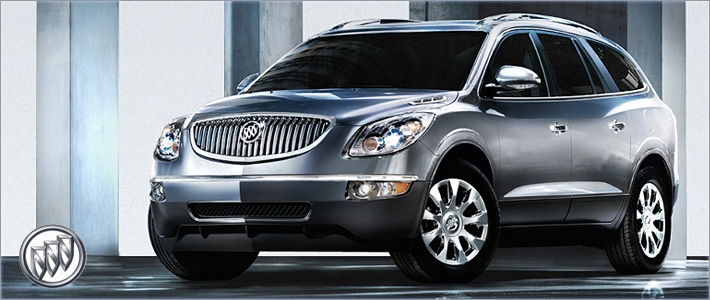
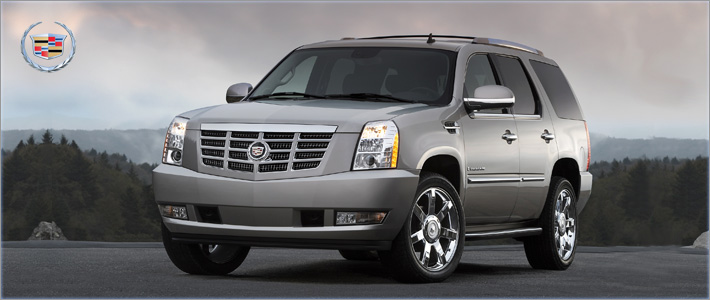
Oldsmobile Bravada - The Power of General Motors
 The Oldsmobile Bravada was a mid-size luxury sport utility vehicle (SUV) from the now retired Oldsmobile marque of General Motors. There have been two different vehicles to bear this model name, the first and second-generation GMT330, and the 2002 to 2004 GMT360. The 4.3 L V6 engine got a horsepower boost to 200 for 1992. Also for '92, the Bravada's instrument panel was slightly modified to differ from its siblings. 1993 saw the addition of an overhead console with compass, temperature, and reading lights. An optional Gold package with gold exterior badging and special gold aluminum wheels was also new for '93. This version was produced through 1994.
The Oldsmobile Bravada was a mid-size luxury sport utility vehicle (SUV) from the now retired Oldsmobile marque of General Motors. There have been two different vehicles to bear this model name, the first and second-generation GMT330, and the 2002 to 2004 GMT360. The 4.3 L V6 engine got a horsepower boost to 200 for 1992. Also for '92, the Bravada's instrument panel was slightly modified to differ from its siblings. 1993 saw the addition of an overhead console with compass, temperature, and reading lights. An optional Gold package with gold exterior badging and special gold aluminum wheels was also new for '93. This version was produced through 1994.
The 1991 Bravada was an upscale version of the then-new 4-door S-Blazer/Jimmy. It was the first truck-based vehicle offered by Oldsmobile since the 1920s, and by that time was a United States-only vehicle. Unlike its siblings, the Bravada was only offered with "Smart Trak" all-wheel drive, leather upholstery, power equipment, body-colored bumpers and exterior trim, and the 4.3 L Z-code engine. At the heart of Smart Trak system was the Borg Warner 4472 transfer case, offering 65% rear and 35% front torque with more to the front when it slips. Anti-lock brakes and remote keyless entry were also standard.
 The Bravada was refreshed later than the others, with no 1995 models produced. The 1996 and 1997 models were less boxy than their predecessor. Daytime running lamps were standard fare including a driver's airbag. The interior styling was more appealing to the eye with less ridges and squares, much like the exterior. The Bravada's interior differed from its Chevrolet/GMC siblings by its standard leather seating, woodgrain trim, and its unique center console with a leather-wrapped console shifter (as opposed to a column shifter on the Blazer/Jimmy). In 1997, 4-wheel anti-lock disc brakes became standard and the rear spoiler was deleted.
The Bravada was refreshed later than the others, with no 1995 models produced. The 1996 and 1997 models were less boxy than their predecessor. Daytime running lamps were standard fare including a driver's airbag. The interior styling was more appealing to the eye with less ridges and squares, much like the exterior. The Bravada's interior differed from its Chevrolet/GMC siblings by its standard leather seating, woodgrain trim, and its unique center console with a leather-wrapped console shifter (as opposed to a column shifter on the Blazer/Jimmy). In 1997, 4-wheel anti-lock disc brakes became standard and the rear spoiler was deleted.
Another refreshening occurred in 1998. The "Smart Trak" system now featured the computer controlled NP-136 transfer case, which works more like a traction control. The Bravada was now run RWD in normal operations and only when wheel slip is detected does the "Smart Trak" kick into AWD. A revised interior including dual airbags, heated seats, and a new front fascia which included the new Aurora inspired Oldsmobile logo. OnStar was available in 1999 as a cell phone unit, later becoming integrated into the rearview mirror in 2001 with available features like hands-free calling and virtual advisor. A Bose sound system was added for 1999 and the engine was redesigned in 2000, though output remained the same. A new two-tone exterior dubbed the Platinum Edition was made available in 2000. This generation was phased out in 2001 to make way for the new GMT360 Bravada.
 The new 2002 Bravada hit showrooms in February 2001. The third generation Bravada holds the distinction of being both the first GMT360 truck introduced, as well as the last new Oldsmobile model. Like the Chevrolet TrailBlazer and GMC Envoy, it used the new 270 hp (201 kW) Atlas I6 engine. Rear-wheel drive was available for the first time as well, making this the first rear wheel drive Oldsmobile since the 1992 Custom Cruiser. The Bravada entered Canada at that time. It was also the only GMT360 product to not have a V8 and the only Oldsmobile with a straight-6 engine.
The new 2002 Bravada hit showrooms in February 2001. The third generation Bravada holds the distinction of being both the first GMT360 truck introduced, as well as the last new Oldsmobile model. Like the Chevrolet TrailBlazer and GMC Envoy, it used the new 270 hp (201 kW) Atlas I6 engine. Rear-wheel drive was available for the first time as well, making this the first rear wheel drive Oldsmobile since the 1992 Custom Cruiser. The Bravada entered Canada at that time. It was also the only GMT360 product to not have a V8 and the only Oldsmobile with a straight-6 engine.
Production of the Bravada ended with the demise of the Oldsmobile marque in 2004. The last 500 Bravadas were produced as "Final 500" special editions, each featuring Oldsmobile Bravada Accessories like custom seat embroidering and exterior badging inspired by vintage Oldsmobile logos, dark cherry metallic paint, unique chrome alloy wheels, and a medallion featuring that particular Bravada's production number, ranging from 1 to 500. The last Bravada, the number 500, rolled off the assembly line in January 2004. The closing of the last factory that manufactured the trucks was the subject of an emotional 2009 HBO documentary - "The Last Truck: Closing of a G.M. Plant". The Bravada bodyshell was continued by its joint replacements, the 2004-2007 Buick Rainier and the 2005-2009 Saab 9-7X - the latter of which remained in production until December 2008.